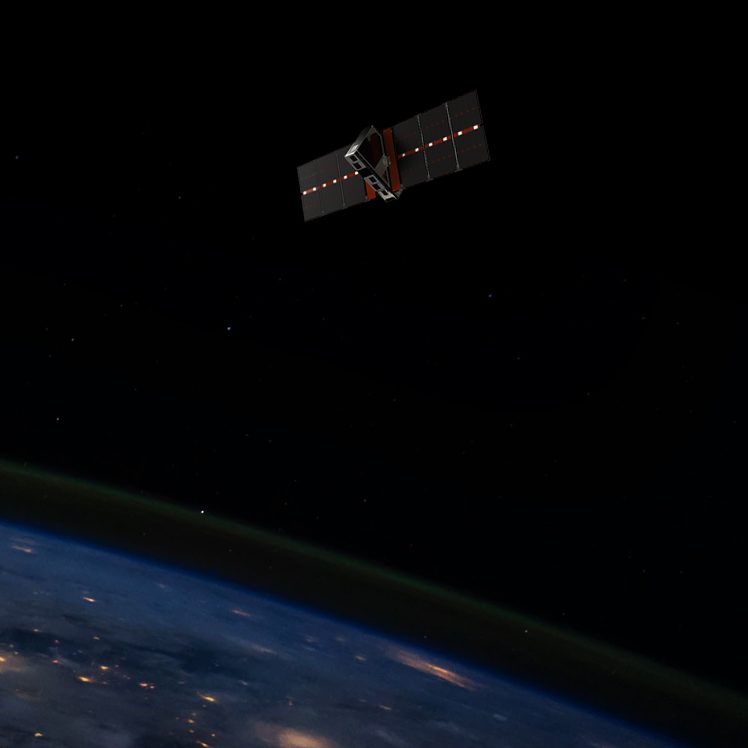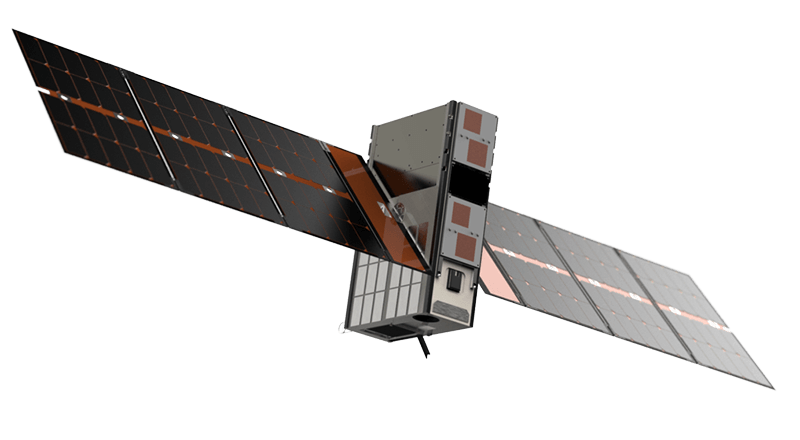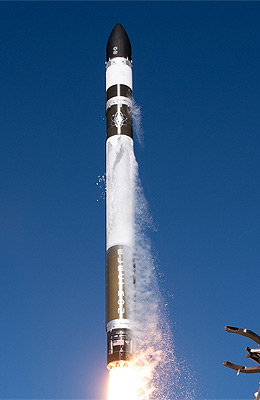
Terran Orbital’s international branch, Tyvak International, built Centauri 3 as a pathfinder satellite for Fleet Space Technologies’ planned 140 satellite network for global satellite connectivity to the Internet of things (IoT). Designed for use in the energy, utilities, and resource industries, the Centauri satellites are built to the 6U CubeSat form factor. They weigh less than 10 kg and are the size of a shoe box. Centauri 3 has 119 times the data capacity compared to its Centauri 1 & 2 predecessors.
Centauri 3 utilizes Terran Orbital’s Trestles 6U spacecraft bus.
Centauri 3 will also test new hardware and space systems developed by Fleet Space that will support the 2023 Seven Sisters mission, a resource exploration mission by an Australian team of space, remote operations, and resource exploration companies that will launch nanosatellites and sensors to develop new resource exploration techniques for Earth, the Moon, and Mars, in support of NASA’s Artemis Program.

Nation
Application
Operator
Configuration
Launch Date
Launch Vehicle
Mission Length
Mission Completion

Electron is a small liquid fueled orbital launch vehicle, which is being developed by Rocket Lab, a US/New Zealand company. Both stages are RP-1 and LOX fueled.
Electron has a carbon composite structure of 1.2 m diameter and 20m length.
The powerplant of Electron is Rocket Lab’s Rutherford engine using LOX/RP-1 as fuels. Rutherford adopts a new electric propulsion cycle, using electric motors to drive its pumps, and is the first oxygen/hydrocarbon engine to use 3D printing for all primary components. Electron’s first stage is powered by multiple Rutherford engines with a total peak thrust of 146.6 kN. Electron’s second stage is powered by a Rutherford Vacuum Engine which is tailored to provide improved performance in vacuum conditions. An additional kick stage powered by Rocket Lab’s Curie engine running on an unspecified “green” monopropellant is available for increased flexibility of the missions.
To avoid complications with payload processing a containerized approach will be used, where customers encapsulate their satellites in payload fairings provided by the company, which can be stored and easily attached to the rocket shortly before launch.
Ecliptic Enterprises will offer hosted payloads on the kick stage, which will remain attached to the kick stage.
Rocket Lab had originally selected Birdling’s Flat (Kaitorete Spit), Canterbury, South Island, New Zealand as a launch site. It is located 44 km from Christchurch. It is unclear if this site remains a future option. Due to legal issues, another launch site at Onenui Station on the Mahia peninsula on the North Island was selected for the maiden flights. In October 2018, Rocket Lab selected Wallops Island as the launch pad for the USA.
The Electron vehicle carries up to 225 kg payloads to low earth orbit. The payload for a 500 km sun-synchronous orbit is 100 kg.